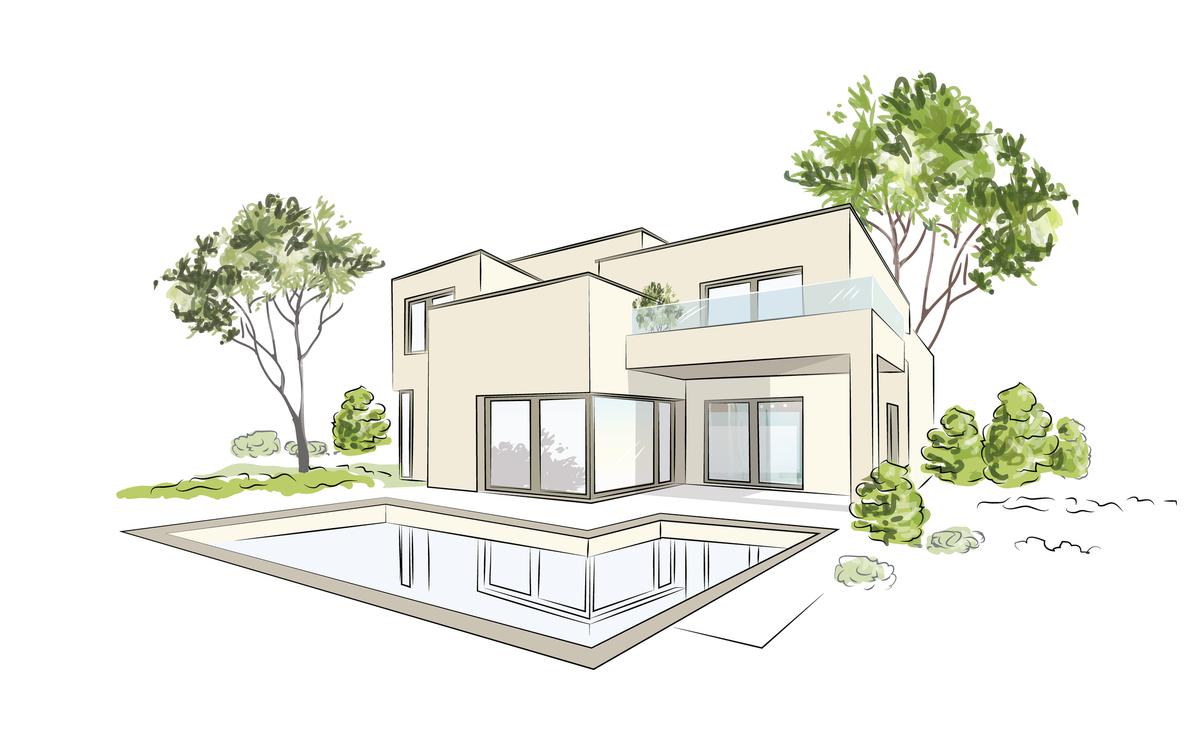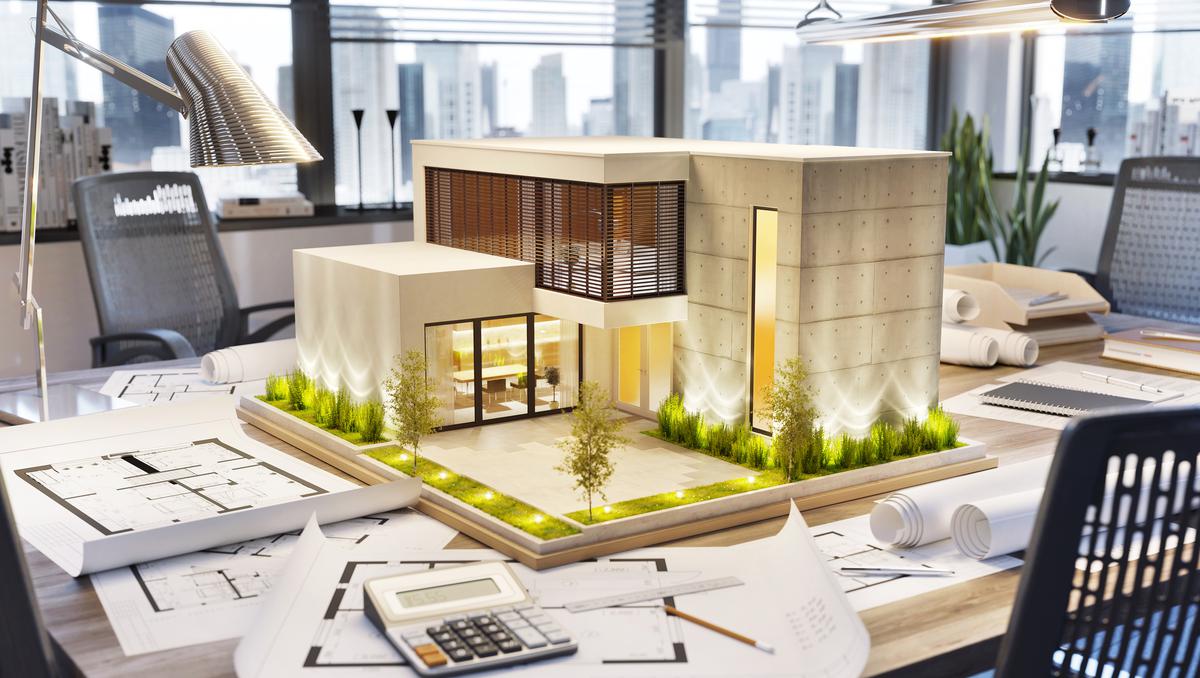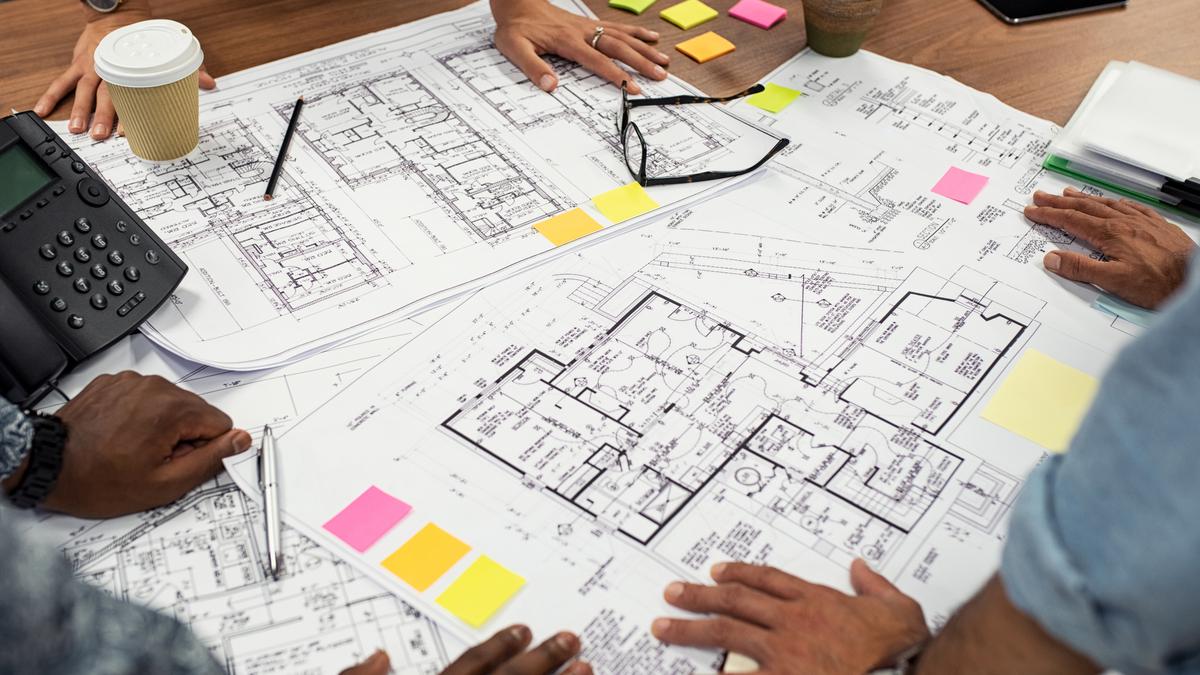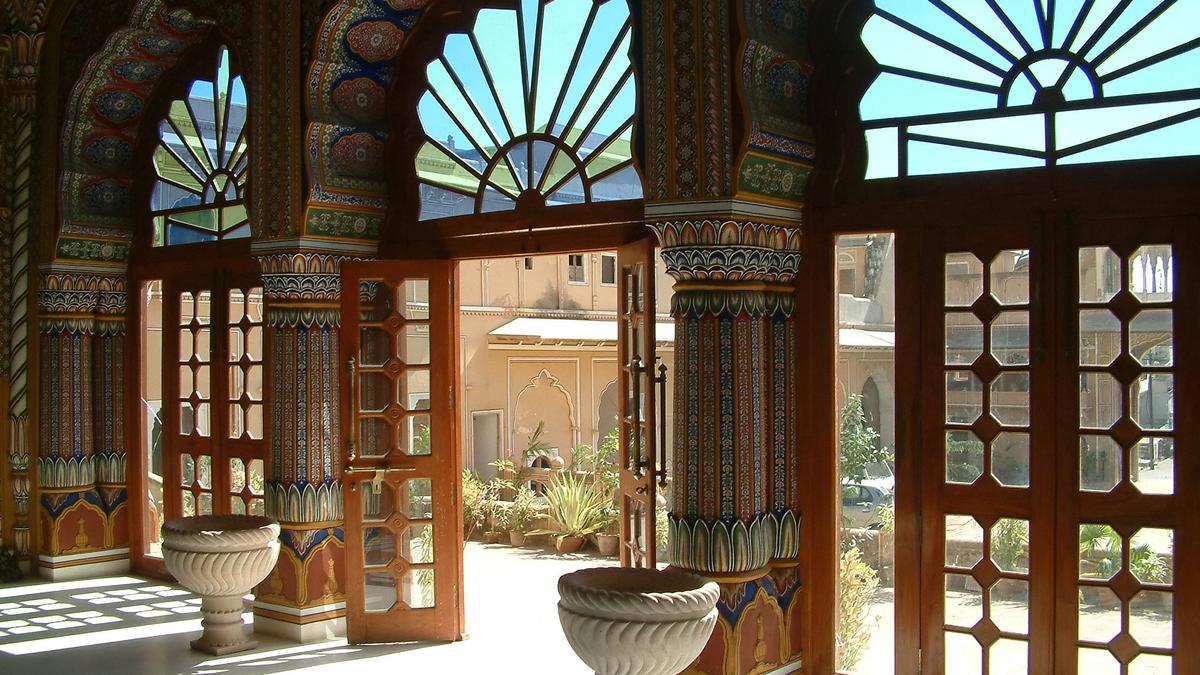In the world of design and aesthetics, harmony stands as a fundamental principle. It signifies a state of equilibrium, unity, and coherence where various elements converge to create a pleasing and visually appealing composition. Context-driven architecture furthers this principle by designing buildings that respond to specific environmental conditions, needs, and cultural values.
1. Climate and culture
Well-planned, spacious buildings that encourage free movement are the need of the hour. To establish a proper connection between spaces and their context, any design process must start with an extensive understanding of the physical location’s environmental data and the region’s weather patterns. These account for factors such as seasonality, the sun’s intensity, wind, rainfall and humidity, ensuring a genuinely climate-responsive, sustainable and environmentally responsible design solution. Closed-off, walled structures can be redesigned into open, ventilated spaces that allow a wholesome interaction with the environment. Buildings in specific local contexts, like a beach or amidst mountains, can be planned with a mindful selection of materials to retain the region’s authenticity and create habitable spaces.
Once the climatic factors are considered, a biophilic design approach can be implemented to reconnect with nature and create healthy and productive habitats for the modern lifestyle. The inclusion of direct or indirect elements of nature into the built environment has shown demonstrated results, through research, to reduce stress, anxiety and ill-health whilst increasing productivity, creativity and well-being. It filters air on a micro level, reducing toxin levels and optimising its quality and ventilation. It also promotes a healthier lifestyle through improved thermal and acoustic comfort through natural mechanisms.
2. Optimal user experience
Architecture is notably responsive to regional influences, largely due to the extended lifespan of architectural projects. These influences have evolved over recent years, moving beyond conventional home layouts to encompass personalised aesthetics, sustainability, modern amenities, and technological advancements. Climate considerations, such as weather, hold significant importance in architectural design. With the advent of central air conditioning, it has become easier to introduce more natural light into homes, where previously this might have caused uncomfortable heat. Personal preferences also wield substantial influence in design, especially in residential projects. The concept of beach houses featuring swimming pools may have appeared superfluous a few decades ago, but today, infinity pools overlooking the ocean signify opulence.
Furthermore, nature plays a pivotal role in design considerations. Integrating the surrounding biodiversity into a project’s design infuses a unique vitality while preserving the area’s natural ambience. Many of these design choices may naturally create aesthetic disparities compared to structures built two decades ago or more.
However, this shift is accompanied by enhancements in interior design, energy efficiency, structural safety, and aesthetic sensibilities. Rather than erasing the regional design traits, this evolution refines them, affording designers and homeowners the flexibility to choose elements they wish to retain. Iconic regional design styles will continue to have numerous monuments in architectural heritage, and the gradual phase-out of their restrictive features marks an essential step in advancing their founding discipline.

3. Making design value-additive
Practical design can be highly value-additive in various ways. For instance, designing a building with energy-efficient features like proper insulation, energy-efficient windows, and HVAC systems can significantly reduce long-term energy costs for the occupants. When we design workspaces, we ensure that glass windows replace walls not only for better acoustics but also to accentuate natural light and induce a happier and more productive mood. Flexi-spaces accommodate varied shifting needs of the constantly evolving and changing world — both social and environmental. Malleable, movable and multi-purpose interiors that adapt to the evolving needs are key elements of flexi-spaces. For instance, designing a flexible office space with modular furniture allows a company to reconfigure the layout as the business evolves easily. Sliding doors instead of regular ones facilitate easier movement, help save more space and create open-plan layouts that are multi-functional.
Any thoughtful design should prioritise safety and accessibility. In architecture, incorporating features like ramps, handrails, and wide doorways makes spaces accessible to individuals with disabilities, enhancing the inclusivity and value of a building. Sustainable design practices, such as using recycled materials, renewable energy sources, and rainwater harvesting systems, not only reduce environmental impact but can also result in long-term cost savings, making a property more valuable. In all these cases, practical design not only meets the immediate needs of a space but also provides long-term benefits that can enhance the property’s value, reduce operational costs, and improve quality of life for its users.

4. The right material palette
The material palette for both terrains should be planned, considering the environment and weather conditions. A locally sourced material palette effectively discourages the build-up of moss on the walls of the structure, thereby enabling minimal maintenance. The ground floor has been conceptualised as a monolithic base, keeping privacy intact via optimum glazing. The first floor witnesses the introduction of larger glazed sections and apertures, which offer transforming views as the altitude changes and the day morphs from dawn to dusk.
Likewise, in mountainous areas, materials like stone and wood are recommended, considering extreme weather patterns, uneven and sloping topography, limited site access and various other constraints. Materials used in contemporary mountain homes are straightforward, robust, and easy to care for. Common material selections include stone, wood, copper, and weathered steel. These choices are well-suited for the demanding mountain climate and demand minimal maintenance. They are selected with care to blend harmoniously with the natural surroundings and boast impressive longevity. In certain instances, materials can be procured directly from the construction site or local sources, helping to alleviate challenges associated with restricted site access.

5. Early adoption of aesthetics
I feel that traditionally enclosed classrooms should be replaced with flexible and experiential learning spaces that help push the envelope for children and encourage them to explore the outdoors, kindling self-discovery. A Nordic design style uses a harmonious and eco-friendly material palette, blending textures and soft hues to induce warmth and snugness in the classrooms. The focus should be on optimisation of the volumes through minimalism, clean lines and clutter-free spaces, stretching its domain to an accessible, barrier-free environment that enables safety and security for specially-abled individuals. Sliding glass doors in the place of wall partitions allow a continuous change in the size of the enclosure and catalysing connections between different age groups.
All rooms should be bathed in ample daylight, retaining a sense of familiarity with the outer world while creating a healthy and positive learning environment. A full wall in each classroom can be dedicated to storage, blackboards, sinks, etc., to create safe and frisky open spaces devoid of hard surfaces or edges. Designing spaces for schools with friendly materials to encourage early adoption of aesthetics results in creating tailor-made spaces that include soft furniture to maximise comfort, flexibility and safety, making learning a breeze.
The writer is Founder and Design Ideator, Studio IAAD.
Source Homevior.in





I am really impressed along with your writing skills as well as with the structure in your weblog. Is that this a paid subject matter or did you modify it your self? Either way stay up the nice quality writing, it’s uncommon to peer a nice blog like this one these days!